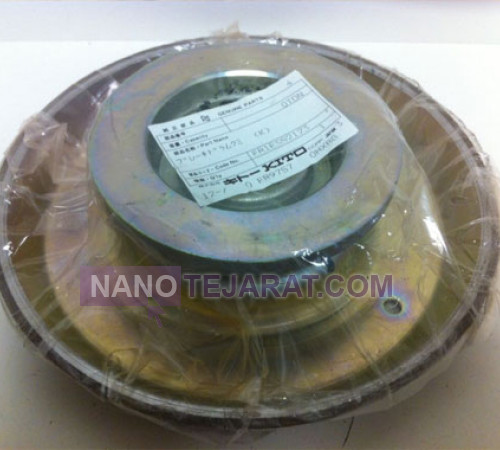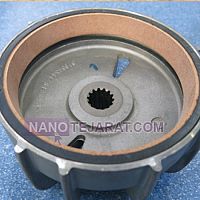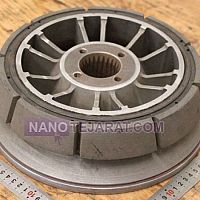


| Exporter,Importer,Manufacturer,Wholesaler,Retailer | |
| Tehran | |
| 09122003350 | |
| lentmarket@gmail.com | |
Here are two technical, numerically oriented and SEO‑friendly paragraphs about a drum‑ brake lining for a ceiling crane made by KITO — based on typical engineering practices and general crane brake data with caveats where exact public data is not available.
A drum brake lining for a KITO overhead crane typically uses a high‑friction composite material — often a heat‑resistant resin matrix reinforced with industrial fibers — to provide a stable coefficient of friction around 0.35 to 0.45 under normal working temperature ‑20 °C to +50 °C ambient per crane‑brake standards. [hnhlcrane.com][1] The lining is mounted inside a steel brake drum fixed to the motor shaft or gearbox output, and the brake’s design aims to deliver braking torque in a wide range, from tens to several hundreds of newton‑meters depending on crane capacity and duty class drum‑brake diameters for crane brakes typically range from ~100 mm up to 500 mm in heavy duty models. [HSCRANE][2]
In a KITO overhead crane configuration designed for light to moderate lifting loads, the drum‑brake lining must offer reliable performance for frequent start/stop cycles, and should dissipate thermal energy generated during each brake engagement — typical crane brake designs expect the lining to manage heat dissipation on the order of a few hundred watts during repeated braking events. [hnhlcrane.com][3] Uniform pad contact and automatic equal‑clearance mechanisms common in modern crane drum brakes ensure that braking force remains balanced, prevent localized wear, and avoid excessive air‑gap growth which could compromise holding torque.
WEBSITE: KITO hoist brake drum Iran






